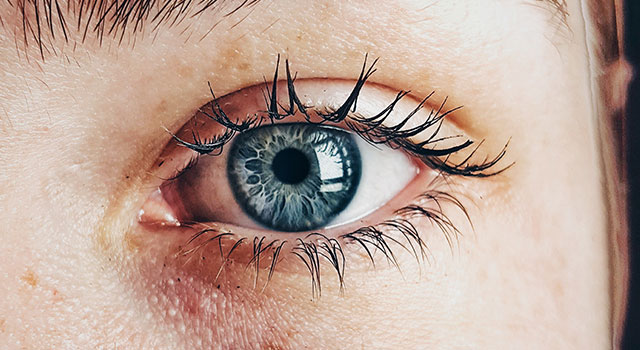 The retina is the light-sensitive tissue that lines the inner back portion of the eye. It is responsible for gathering incoming light and sending images to the brain.
The retina is the light-sensitive tissue that lines the inner back portion of the eye. It is responsible for gathering incoming light and sending images to the brain.
A retinal tear is a small break in the inner lining of the retina. It can be caused by many factors and can occur at any age. Aging, eye trauma, eye surgery or severe myopia may all cause retinal tears or detachments. Left untreated, a retinal tear may lead to retinal detachment, a severe sight-threatening eye disease that can result in blindness.
What are the Symptoms of Retinal Tears?
Patients with retinal tears often experience one or more of the following symptoms:
- Flashes of light
- Sudden onset or increase of floaters
- Seeing a shadow in your side vision
- Blurred vision
- Seeing a gray curtain moving across your visual field
In some cases, however, retinal tears may not produce any noticeable symptoms.
What Causes Retinal Tears?
The eye is filled with a substance called the vitreous, a gel-like consistency. At birth, the vitreous is attached to the retina, but as we age, the vitreous transforms into a liquid that slowly detaches from the retina in a process called posterior vitreous detachment (PVD).
Usually, this process occurs without any complications. If the vitreous detaches too suddenly or abnormally, it tugs on the retina and can tear it. Certain people have a more “sticky” vitreous, which makes it easier for the retina to rip.
Another leading cause of retinal tears is eye trauma. Blunt force eye trauma can cause the retina to become bruised or scarred, making it more vulnerable to tearing.
Other associated causes or risk factors of retinal tears include:
- Diabetes
- Personal or family history of retinal tears/detachment
- Retinal degeneration
- Inflammatory disorders
- Certain cancers
- Autoimmune disease
- Severe myopia
- Sickle cell disease
- Retinopathy of prematurity
- Prior eye surgery
Be sure to disclose any relevant medical information to your eye doctor for optimal eye care.
How are Retinal Tears Treated?
Retinal tears are typically treated surgically with a laser (photocoagulation) or cryotherapy. Both methods are considered very safe and effective.
These treatments reseal the retina to the back wall of the eye and prevent fluid leakage underneath the retina.
The prognosis of a retinal tear is very positive when caught early, making regular eye exams that include examination of the retina crucial for all adults.
In some cases of minor retinal tearing, no treatment is required. If the retinal tear causes no symptoms, close monitoring may be all that's needed.
After Your Retinal Tear Has Been Treated
Following treatment, your optometrist will schedule various eye exams in order to monitor changes in your retinas or eye health. Inform your eye doctor immediately if you notice any changes in your vision or if you experience new symptoms that may signal a problem.
If you or a loved one has been diagnosed with a retinal tear or is at risk of developing one, it should be treated right away to avoid further vision problems. Call Cove Eyecare to schedule a consultation and discuss treatment options.
Q: Is retinal detachment the same as diabetic retinopathy?
- A: No. Though they both affect the retina and can lead to vision loss, they have different causes and affect the eye differently. Diabetic retinopathy occurs when the small blood vessels in the retina swell and leak as a result of high blood sugar levels. The new thin and fragile blood vessels that grow may bleed, causing scar tissue. Left untreated, diabetic retinopathy can result in permanent vision loss, even blindness.




